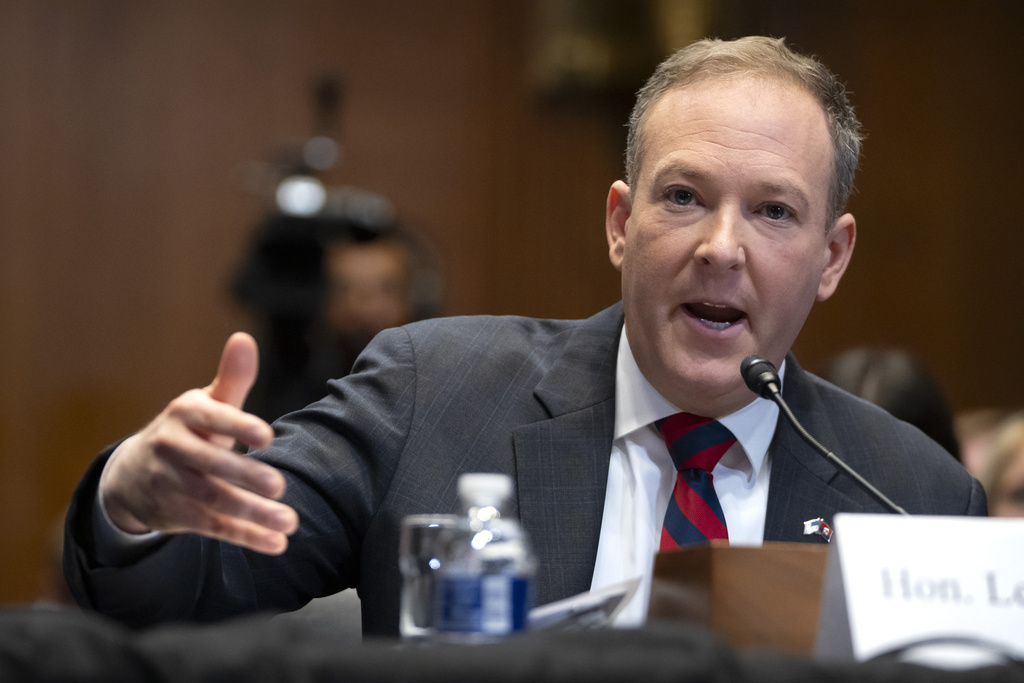"I’ve decided for purposes of fairness that I will charge a reciprocal tariff," Trump said in the Oval Office at the proclamation signing. “It’s fair to all. No other country can complain.”
Trump's Republican administration has insisted that its new tariffs would level the playing field between U.S. manufacturers and foreign competitors.
The tariff increases would be customized for each country with the partial goal of starting trade new negotiations. But other nations might also feel the need to respond with their own tariff increases on American goods. As a result, Trump may need to find ways of assuring consumers and businesses that growth to counteract any uncertainty from the possible fallouts from his tariffs.
Trump's proclamation identifies value added taxes — which are similar to sales taxes and common in the European Union — as a trade barrier to be included in any reciprocal tariff calculations, according to a senior White House official who insisted on anonymity to preview the details on a call with reporters.
Other nations' tariff rates, subsidies to industries, regulations and possible undervaluing of currencies would be among the factors the Trump administration would use to assess tariffs.
The official said that the expected tariff revenues would help to balance the expected $1.9 trillion budget deficit. The official also said the reviews needed for the tariffs could be completed within a matter of weeks or a few months.
The possible tax increases on imports and exports could be large compared to the comparatively modest tariffs that Trump imposed during his first term. Trade in goods between Europe and the United States nearly totaled $1.3 trillion last year, with the United States exporting $267 billion less than it imports, according to the Census Bureau.







